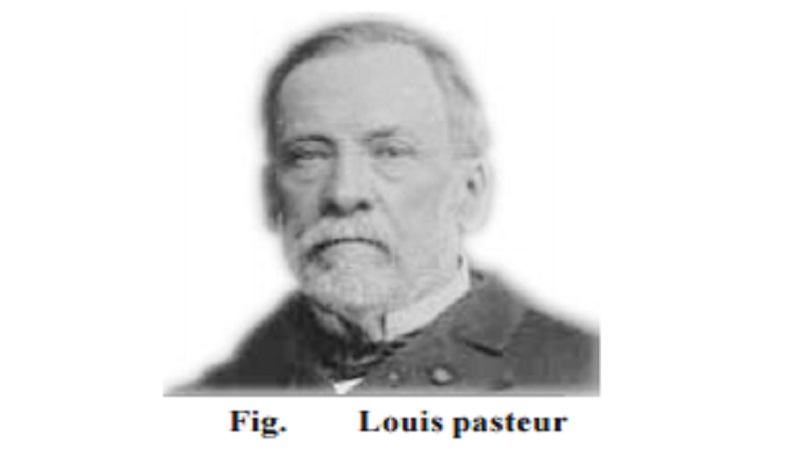Chapter: 11th 12th standard bio zoology Human Body higher secondary school
History of Medical microbiology

MICROBIOLOGY
Introduction:
The world of microorganisms includes various species of bacteria, viruses, fungi and protozoan parasites. The discovery of microscope and the ingenius techniques of isolation and identification of these microbial organisms opened up a new field of study named Microbiology. This study deals with the form, structure, reproduction, physiology, metabolism and classification of micro organisms. The area of microbiological studies include various aspects of their distribution in nature, their relationship to each other and to other organisms, their effects on plants, animals and human beings, their roles in the sustainability of environmental habitats such as soil, air and water and also their beneficial aspects to biotechnology.
History of Medical microbiology:
The medical microbiology had its origin in the year 1888 when the Pasteur Institute in Paris (France) was established. Robert Koch became the Director of the Institute For Infective Diseases. Both Louis Pasteur and Robert Koch infused the spirit and interest to gain knowledge in medical microbiology to the countrymen of America and Europe. The medical microbiology deals with the aspects of infection, the causative agents of infection and the diseases due to infection. Following the establishment of Germ Theory of Diseases by Pasteur, innumerable infectious diseases that haunt the human population were discovered. For most of these infectious diseases, the drugs and vaccines have been found.
Pasteur, Koch, Lister :
Medical Microbiology involves the study of micro organisms that colonize or infect human beings; the mechanism by which they cause diseases; the body's response to infection and specific antimicrobial prevention and treatment.
The contribution of Louis pasteur (1822 - 1895) in France in the field of microbiology lead to a greater understanding of human ailments and animal diseases. Much of Pasteur's work involved the growth of bacteria and yeasts in liquid cultures. He developed methods of sterilization and of pasteurization. Pasteur (1857) observed different kind of microbes associated with different kinds of fermentation. e.g. Spheres of variable size (yeast cells) within alcohol fermentation and smaller rods (Lactobacilli) with lactic fermentation. This finding led Pasteur to state that specific microbe may cause specific disease in man.
His crowning achievements were Pasteurisation of milk, the development of techniques to reduce the virulence of infectious organism, without eliminating their capacity to produce immunity. In this way he developed vaccines, for the control of 'cholera' 'anthrax' and 'rabies' in man.
Robert Koch - (1843 - 1910)
Robert Koch, a younger contemporary of Pasteur, made his contributions on new procedures for staining, visualizing and growing bacteria. He solidified liquid culture media with agar. He also isolated and characterized the bacilli of anthrax, and tuberculosis and demonstrated their causative role by a series of experiments.
After identifying the tubercle bacillus, Koch has advocated his postulate, in order to distinguish a pathogenic microbe from adventitious microbes. The impact of his work towards the end of 19th century lead to the discovery of 'specific toxins' made by the causative bacteria for diphtheria and tetanus and 'antibodies' produced in host animals against the
toxins to neutralise their effect. His finding also lead to immunization therapy. He was awarded the Nobel Prize in the year 1905 for his work on tuberculosis.
Contributions of Joseph Lister : (1827 - 1912) to microbiology is the technique of 'pure culture' of bacteria. The growth of a mass of cells of the same species in a laboratory vessel / test tube using serial dilutions in the liquid media is called pure culture. Lister obtained a pure culture of the organism Bacterium lactis and also found the importance of pure culture which form the suitable media for the growth of micro organisms, reponsible for infections, fermentation, nitrogen fixation in soil, etc. The pure culture techniques lead to developments in modern microbiology.
On the basis on Pasteur's evidence, in 1860 Joseph Lister, discovered a system for 'antiseptic' surgery. This system prevents the surgical wound infection and other lethal complications.
Related Topics